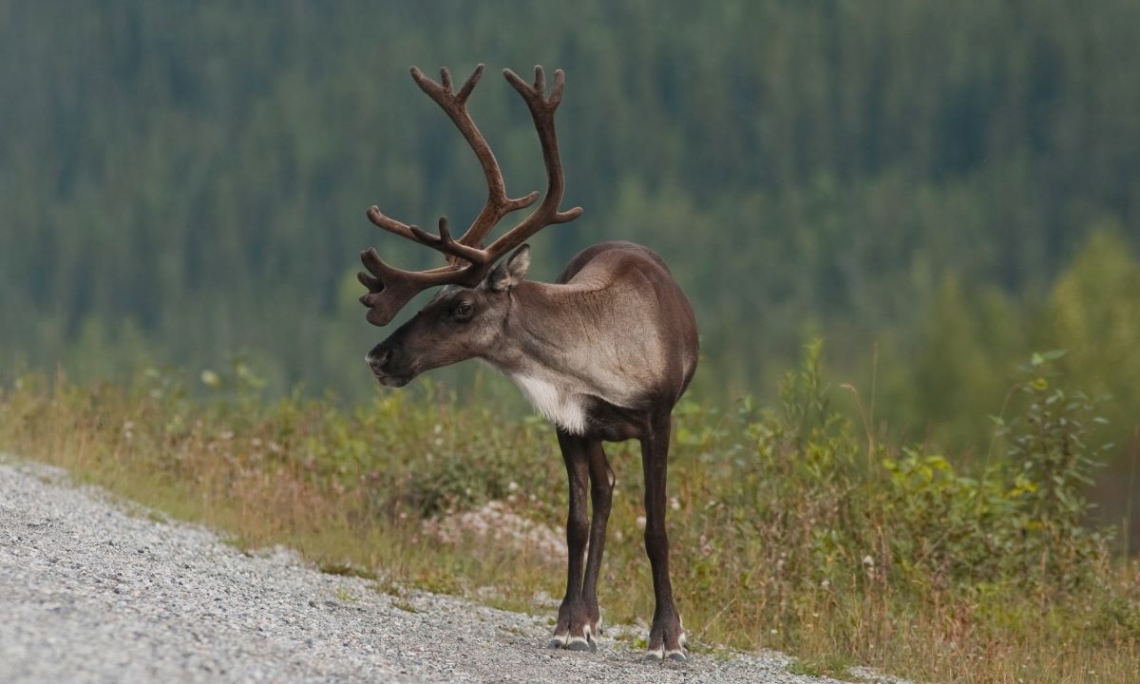Vegetation Recovery on Legacy Seismic Lines


Despite decades of research assessing wildlife response to seismic lines, little is known about the effects of seismic line clearing on the quality of understory forage for wildlife, or about the resilience of boreal understory communities to seismic line clearing. Using field data collected from 351 seismic lines across west-central and north-western Alberta, Canada, and focusing on forage taxa preferred by moose and bears, we:
Generally disturbance-tolerant forbs and graminoids were more abundant on seismic lines, Rhododendron spp. and Vaccinium vitis-idaea were more abundant on edges, and Alnus, Salix and Betula spp. were more abundant on edges and seismic lines. Attributes of seismic lines did not explain patterns of understory forage abundance, although we found positive relationships between motorized human use and abundance of Chamerion spp. and non-target graminoids.
Using GIS data we found that wet seismic lines and seismic lines adjacent to open forest stands were more likely to have more early seral stage vegetation that is attractive wildlife forage. We also found that in west-central Alberta, wet seismic lines had less vegetation growth and cover, while in north-western Alberta, wet seismic lines were more likely to have more vegetation cover, but there was no relationship between vegetation growth on seismic lines and seismic line wetness. Our models of vegetation growth did not validate well other techniques (e.g. UAVs) and studies focused at smaller scales are likely to provide accurate data on current vegetation height and cover on seismic lines.
Our results combined with results from previous research provide further evidence that seismic lines, particularly wet seismic lines, need active restoration to re-establish natural vegetation trajectories. Overall, targeting seismic line restoration treatments to change vegetation composition, as well as structure and height, will likely help to restore ecosystem function for caribou and other boreal species.